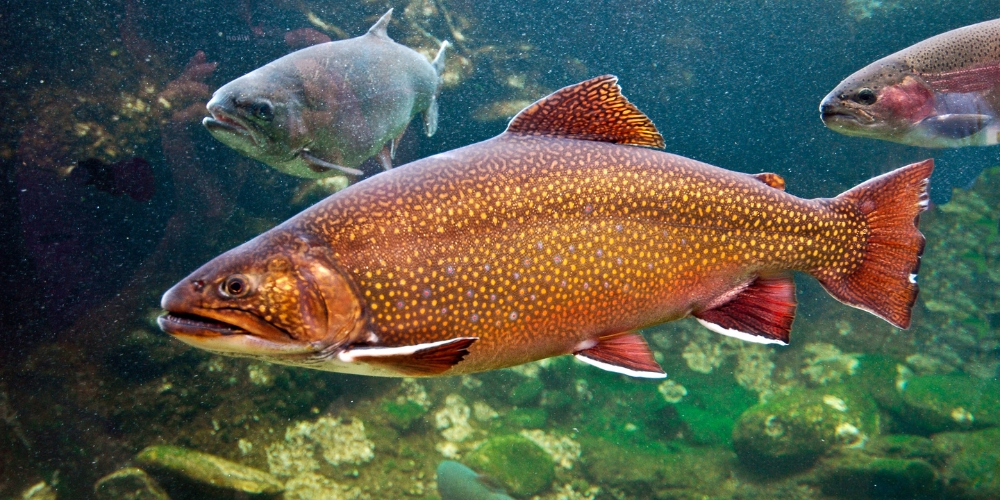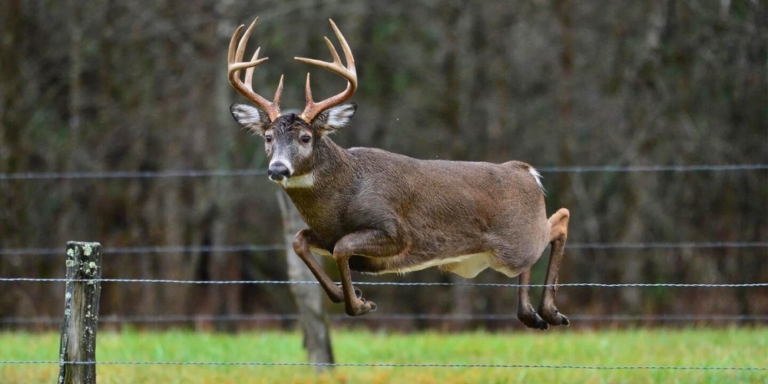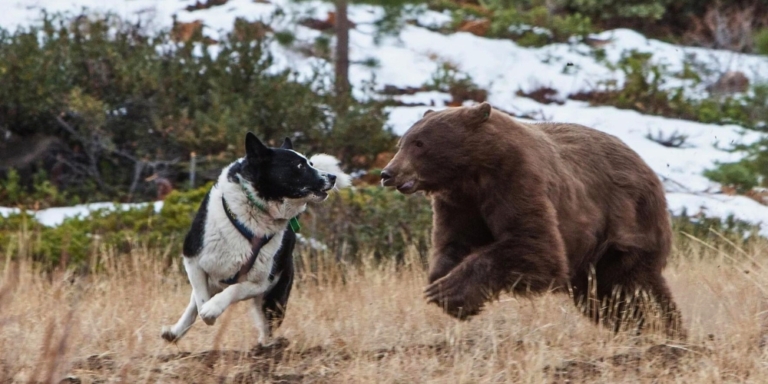Alberta has got itself a wildlife trolley problem.
The trolley problem is a thought experiment in ethics about a fictional scenario in which an onlooker has the choice to save five people in danger of being hit by a trolley by diverting the trolley to kill just one person. The term is used for any ethical situation that requires choosing between doing harm and allowing harm.
Our local trolley problem involves deciding whether to kill a healthy population of introduced trout to make way for the reintroduction of native and threatened trout species.
A Fishy Background
Westslope cutthroat trout are one of 14 subspecies of cutthroat trout found in Western North America. Cutthroat trout gets its name from the distinctive bright red-orange streak in the fold under its mouth.
These blazing beauties are native to southern Alberta’s mountain and foothill streams, including the Oldman and Bow Watersheds.
Unfortunately, the Westslope cutthroat trout is listed as threatened under the provincial Wildlife Act.
A species is considered threatened if it’s likely to become endangered if certain factors are not reversed. An endangered species is a species that may soon disappear from Alberta or even become extinct.
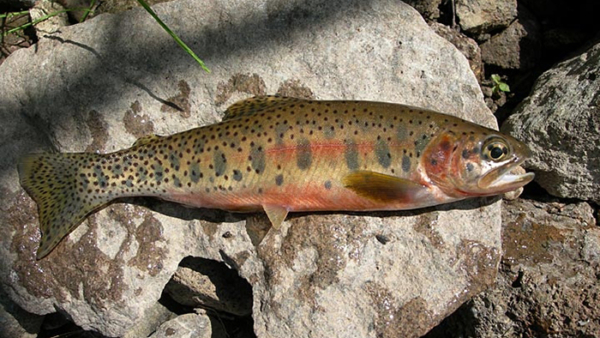
Westslope cutthroat trout are the only subspecies of cutthroat trout native to Alberta. Many populations of this subspecies have declined or disappeared due to construction, habitat destruction, and the introduction of non-native species.
According to the 2006 Alberta Wildlife Status Report, the population size of Westslope cutthroat trout was likely much smaller than 7,000. And losses have only increased since then.
One contributing factor to the loss of Westslope cutthroats is competition with another subspecies, the brook trout, which is not native to Alberta.
Cutthroat trout and brook trout don’t mix well. And guess which trout ends up suffering?
Historically, the introduction of brook trout almost always resulted in the disappearance of cutthroat trout. Brook trout were first introduced into Alberta waters in the early 1900s for recreational fishing.
Fishers love brook trout for theiaggressivety fighting nature and yummy flavour.
However, the decision to stock brook trout in Alberta caused the Westslope cutthroat trout population to decline to ten percent of its historic range.
Brook trout mature earlier in life than Westslope cutthroat trout, making it difficult for Westslope cutthroat trout to compete for food and habitat.
It doesn’t help that brook trout are greedy and aggressive eaters, eating just about anything they can fit down their mouth—even their own. But the tides are turning, or maybe it’s the trolley!
Canada Goes Cutthroat To Save Trout
Earlier this month, Parks Canada killed off thousands of brook trout at Margaret Lake in Banff National Park. The agency used rotenone, a natural fish toxicant made from the roots of some plants.
When rotenone enters a fish’s bloodstream, it causes the fish to suffocate, resulting in one of two things. The fish is either forced to surface for air or sinks and dies.
While this may sound brutal, using rotenone has effectively managed the brook trout population. This was Parks Canada’s second application of rotenone in Margaret Lake, the first being in the summer of 2022.
“When we do the rotenone treatment, about 20 percent of the fish in the lake come up to the surface and then the rest sink,” Shelley Humphries, Parks Canada’s aquatic specialist for Lake Louise, Yoho, and Kootenay field unit, told the Rocky Mountain Outlook.
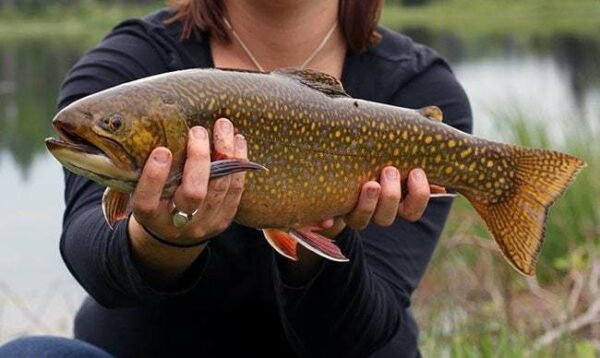
While rotenone is toxic to humans, Parks Canada applies a neutralizing agent after each application. The agent works alongside rushing water and sunlight to break down rotenone.
The agency’s targeting of brook trout in Margaret Lake was successful, but the war is far from over. To ensure no brook trout are left, Parks Canada will collect a few litres of water for analysis of DNA.
This analysis is used to determine what fish species remain in Margaret Lake. If brook trout are out of the picture, the agency can start restoring food supplies for Westslope cutthroat trout, such as zooplankton and invertebrates.
If all goes well, Humphries hopes the cutthroat trout can return to their home in Margaret Lake by 2025. In 2022, Parks Canada created a fish migration barrier at the lake to ensure that aggressive brook trout stay out.
Previously, fish from Hector Lake and Margaret Creek could infiltrate the lake by swimming upstream. But by using controlled explosions on part of the creek, Parks Canada created a metre-high waterfall.
“The fish just can’t jump up it anymore, whereas before, a motivated big fish could have gotten up it,” said Humphries. A
After westslope cutthroat trout are reintroduced to Margaret Lake, Parks Canada will monitor the lake until the population can sustain itself.
And so, is this trolley problem a reasonable solution?
If you ask a brook trout, the answer is certainly no!

